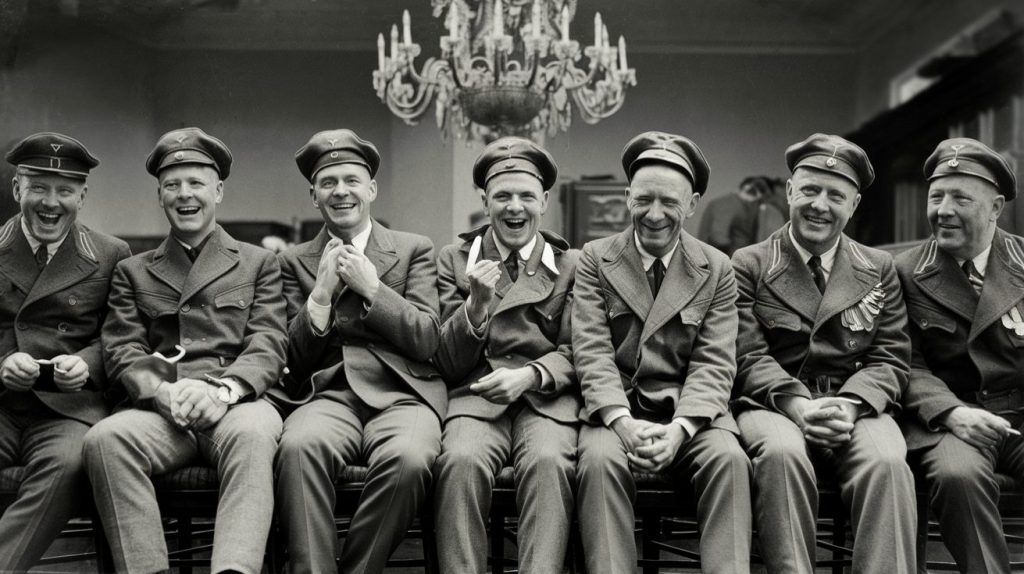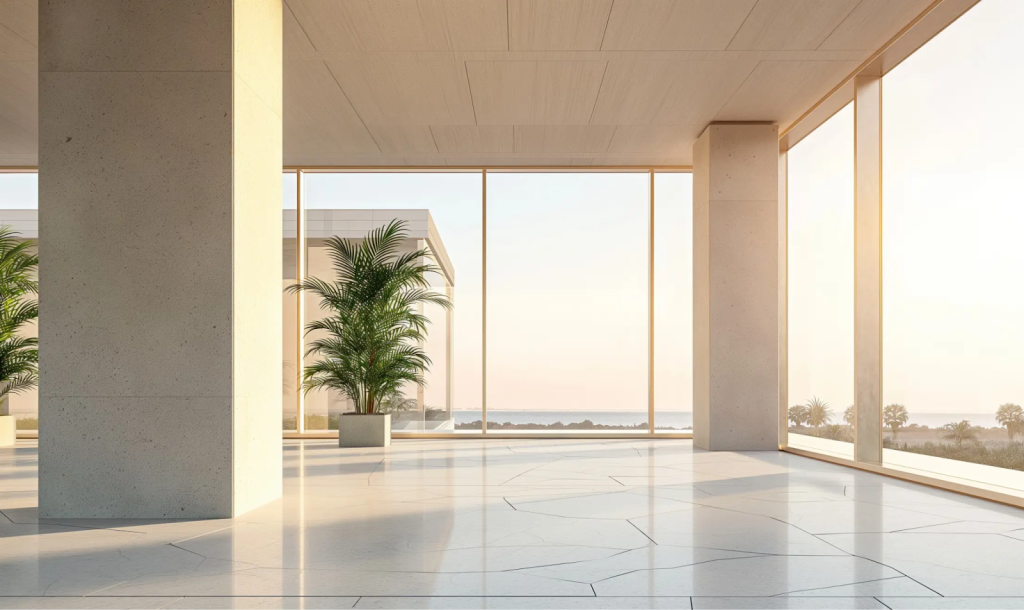In many areas of the world today, especially the suburban northeastern United States, a green grassy lawn is a mark of success and achieving the American dream. While the lawn is problematic in many ways, it’s a central part of American culture. College professor Ted Steinberg, an author of a book on lawns, reminds us that there is between sixty-sixty-five thousand miles of lawns in America, about the size of the state of Florida.
Grass has traditionally played a major part in world culture. Historically, grass was an early warning system that let humans know a disturbance was coming and a hiding place to sneak up on and hunt. Many of these grasses were dealt with by farmers or grazers, but in the 1100’s Japanese artisans began taking sod from a previously grazed land and using it to seed a new patch. Cricket was a major influence on the growth of the lawn with it being the first sport played on cut grass. It was a forerunner of other sports that would be played on grass and helped develop the specialized grass surfaces that would be needed for tennis and golf among others.
Between the 1500–1900s the lawn became a status symbol as wealthy people could pay a gardener to maintain their lawns while the average people needed the space for farming or taking care of their animals. As such, the name lawn came from the word laude which described a grassy wooded clearing. Despite the influence of the wealthy, many, especially the developing settlers of America, did not have enough time to focus on yards while their survival depended on their continued constructive efforts in other avenues.
The lawn mower proved to be a true democratizer. Invented by English engineer Edward Beard Budding, the push lawnmower was a major cultural leveler as it was available at a reasonable price to all by 1890. This meant that the lawn was available to the majority of society, not just the wealthy enough to have servants.
America has also been a major driver in lawn science. Frederick Law Olmstead showed off the beauty of lawns in his creation of Central Park in New York City and his plans for the suburb of Riverside, Illinois featured a lawn for each home which enhanced the tradition. Many American locations suffered with a lack of water leading to the continued efforts to create a turfgrass, or a hardier grass which could survive the challenges of drought and wear and tear. The lawn movement was encouraged by its introduction in the Philadelphia Centennial Exhibition of 1876, which was the first World’s Fair in America. They encouraged lawn production, but did not provide advice on how to maintain one so its growth in popularity for the time was only a blip.
Societal changes also played a major role in the development of the lawn. As the forty hour workweek was adopted by businesses, employees used their extra time for work on their home and their yards. Many homeowners saw the yard as a way to differentiate themselves and their home from the urban environment that surrounded them. Single-family detached dwellings were growing for the first time which left space surrounding the dwelling for lawns. Builder William Levitt, the creators of Levittowns all over the country, was a major influencer in the pro-lawn movement. He provided new homeowners, who were veterans returning from World War II, with a pre-existing lawn and the owners were expected to take care of it with peer pressure and tips being provided by community newsletter. Levitt viewed a lawn as a sign of stability and the homeowners, who were former military servicemen, followed the rules for pristine laws and agreed to maintain conformity with the policies.
Today, lawns have the benefit of the most modern of equipment such as insecticides, power raking, thatching, sprinkler systems and others to ensure that it is in tiptop shape. It many cases the lawn is the only area of nature with which most Americans regularly interact. The care of a lawn serves the purpose of reconnecting us to our farming past and an age when humans were more free and the efforts of cutting and maintaining the lawn reminds some of us of the seductive feeling of humans triumphing over the environment.
Today, the yard is embattled as a symbol of America. Where many people wanted to validate that they had made it to the middle class through their yard, today, many people want to send a different environmental statement by abandoning it. In times of global warming, increasing heat, and drought, many people want to decrease the amount of water and chemicals that they use on their yards as the lawn in America is the single thirstiest crop for water.
There are a variety of alternatives that can be chosen to replace the lawn. Instead of traditional grass one could install groundcover, areas with rocks or mulch, native plants, wildflowers, moss, and a variety of other substances that would provide a greater environmental benefit. Furthermore, there is the opportunity to use the land to benefit both humans and the environment by creating vegetable gardens. The crops from these gardens would be able to help hungry people in the community just as they were when homeowners created liberty and victory gardens during World War I and II.
America is undergoing a time of change. Some see it as a time of fear as traditional ways and groups of people are giving way to new and improved ideas and diversity, but this is a tremendous opportunity to revaluate many historical events of American culture, such as the lawn, and to determine whether they still serve our purposes or are best for us. Lawns were a traditional symbol of success, but that is changing in America. Just like the lockdowns in response to the Covid-19 virus changed American habits of dress, entertainment, and working in an office building, the environmental movement can free us from the previous requirements of conformity and allow us to create an outdoor space that really meets our needs and goals. The future of the lawn remains unknown, but by understanding the creation of the lawn, one can better consider where we should go in the future.
Sources:
https://www.pennington.com/all-products/grass-seed/resources/the-history-of-the-american-lawn
The History of Lawns | Planet Natural
The lawn appears to be a European invention, which makes ecological sense because the moist, mild, climate of Europe…www.planetnatural.com
How lawns became a status symbol in America
Plush, green lawns came to mean far more than just plots of grass.www.foxweather.com
Why are we so obsessed with lawns? Discover the history of the lawn and why we love them
Although the fashion for grass clipped as neatly as Wimbledon’s Centre Court may have dwindled, the British love affair…www.gardensillustrated.com
How the Perfect Lawn Became a Symbol of the American Dream | HISTORY
And of course, all that grass inspired innovations in mowing.www.history.com
Passionate history teacher who loves reading, discussing, and sharing history with others






